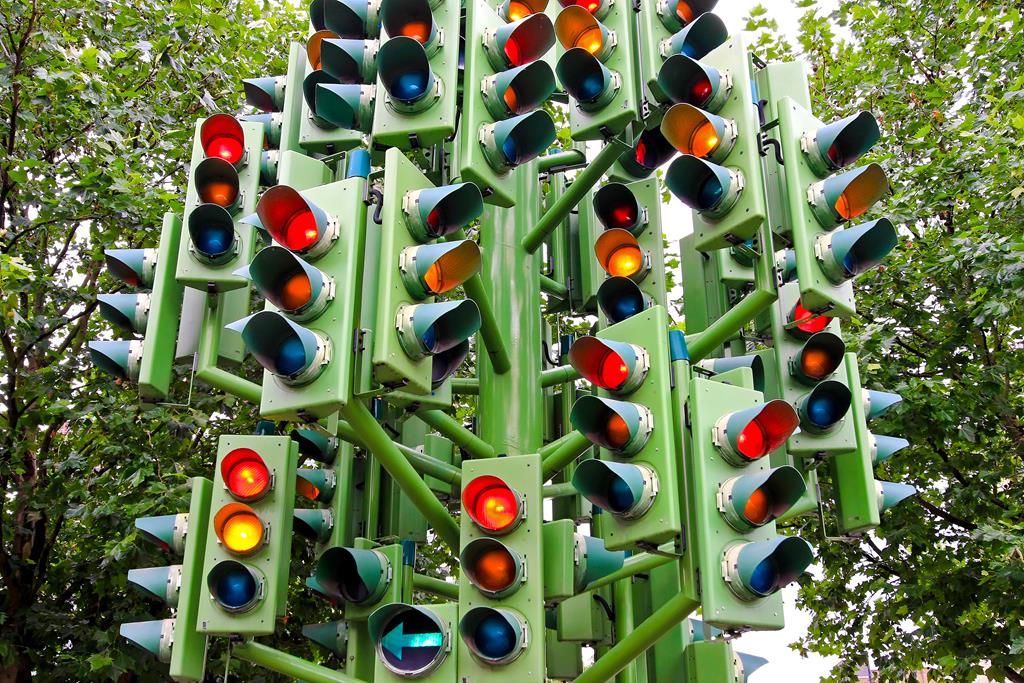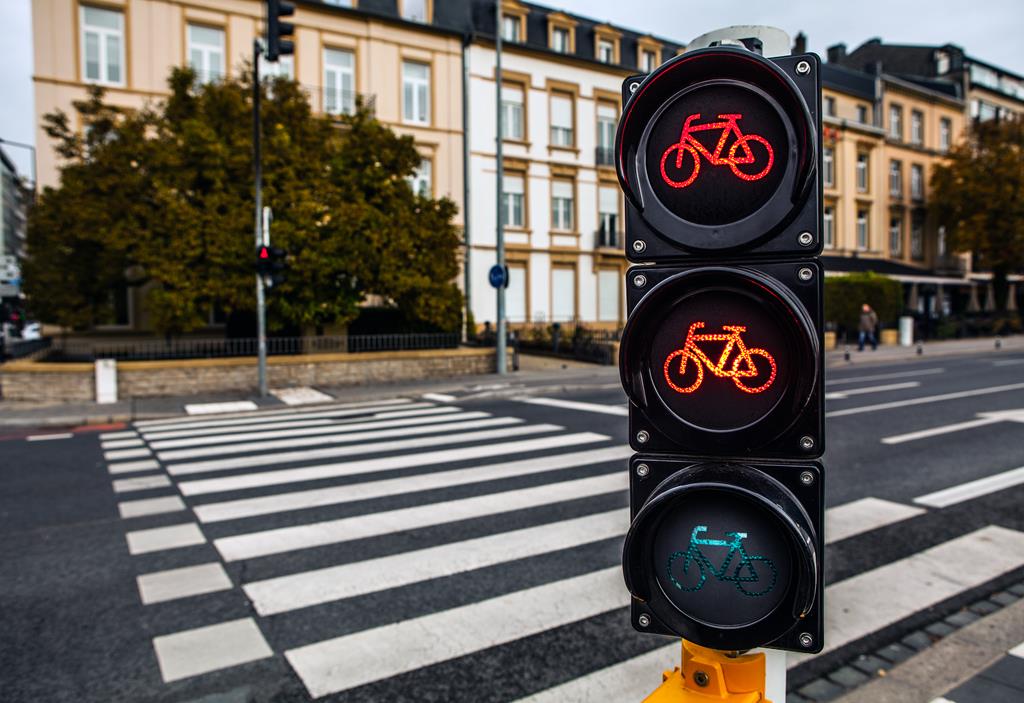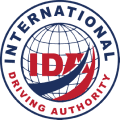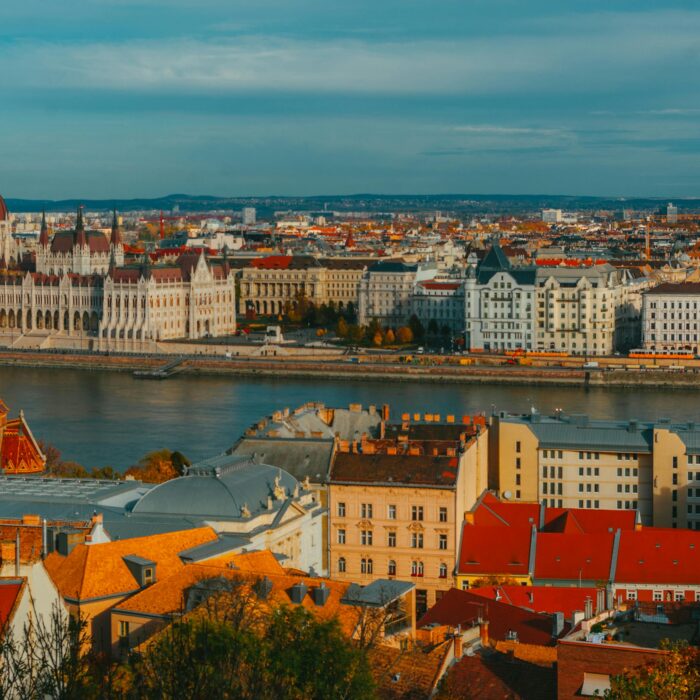The Evolution of Traffic Lights
Traffic lights have come a long way since their invention in 1914. Originally designed solely to regulate automobile traffic, these devices have evolved to manage movement for pedestrians, bicyclists, trains, trams, and even boats. Today’s traffic lights bear little resemblance to their early counterparts.
Modern traffic lights have undergone significant modifications, including:
- LED technology for enhanced brightness and energy efficiency
- Programmable timing systems that adjust to traffic patterns
- Arrow indicators for turning movements
- Audible signals for visually impaired pedestrians
- Vertical or horizontal mounting options depending on location
- Countdown timers showing seconds until signal changes
- Smart systems that adapt to real-time traffic conditions
Studies show that residents of large metropolitan areas spend approximately six months of their lives waiting for green lights—highlighting why continued innovation in traffic management systems remains crucial.
Fascinating Traffic Light Facts from Around the Globe
The Upside-Down Traffic Lights of Irish Communities
In certain American cities with large Irish immigrant populations, you might spot traffic lights installed “upside-down,” with the red signal positioned below the green. This unusual arrangement stems from historical tensions—Irish descendants objected to the traditional placement where the green light (symbolizing Ireland) was positioned beneath the red light (associated with England). To prevent vandalism, local authorities agreed to reverse the order.
The World’s Narrowest Street Traffic Light
Prague’s Vinarna Chertovka street, measuring just 70 centimeters (27.5 inches) wide, features specialized pedestrian traffic lights with only two signals—green and red—to manage foot traffic through this extraordinarily narrow passage. Some locals joke that it’s merely a clever marketing ploy for the nearby pub with a similar name.
North Korea’s Human Traffic Lights
Until recently, Pyongyang, North Korea’s capital, famously lacked traditional traffic lights. Instead, traffic was directed by specially selected female traffic officers, chosen for their appearance and precision. These human “traffic lights” became a distinctive landmark and tourist attraction in the city before conventional signals were finally installed.
Berlin’s Beloved Ampelmann
Traffic lights in Berlin feature a distinctive character called “Ampelmann”—a man wearing a hat. This iconic symbol originated in East Germany and survived reunification to become a beloved cultural icon. Meanwhile, traffic signals in Dresden display a young woman with braids and traditional dress.
Berlin is also home to one of the world’s most complex traffic lights, featuring 13 different signals. Due to its complexity, a police officer is often stationed nearby to help confused pedestrians and drivers interpret the signals correctly.

Traffic Light Innovations for Accessibility
Modern traffic light design increasingly focuses on accessibility for all users:
- Audio signals: Many traffic lights now feature auditory cues—rapid ticking for red lights and slower ticking for green lights—helping visually impaired pedestrians navigate crossings safely.
- Countdown timers: Digital displays showing exactly how many seconds remain before a signal change benefit both pedestrians and drivers in planning their movements.
- Shape-based signals: South Korea’s innovative “Uni-Signal” (Universal Sign Light) system assigns different geometric shapes to each traffic light section, making them distinguishable for those with color vision deficiencies. Additionally, they use orange-tinted red and blue-tinted green to enhance visibility.
- Figures instead of colors: Norway’s capital uses standing red figures to indicate “stop” signals, making them more intuitive for people with color blindness.
Cultural Adaptations of Traffic Lights
Traffic signals often reflect local cultural contexts and practical concerns:
Japan’s “Blue” Lights
In Japan, the permissive traffic signal was traditionally blue rather than green. Although research eventually prompted changing the actual color to green for improved visibility, the Japanese language still refers to these signals as “blue lights”—a fascinating linguistic holdover.
Brazil’s Safety Measures
Due to security concerns in certain Brazilian cities, drivers in Rio de Janeiro are legally permitted to treat red lights as yield signs between 10 PM and 5 AM. This unusual rule prioritizes driver safety over strict traffic regulation in areas with higher crime rates.
Nordic Traffic Light Systems
Nordic countries utilize a unique white-colored traffic light system with distinctive symbols:
- “S” shape for stop (prohibiting signal)
- Horizontal line for caution (warning signal)
- Directional arrow for proceed (permissive signal)
American Pedestrian Signals
In the United States, pedestrian traffic signals often display:
- A raised palm symbol or “DON’T WALK” text for stop signals
- A walking figure or “WALK” text for proceed signals
- Push-button activation systems that allow pedestrians to request crossing time
Specialized Traffic Lights
Beyond standard road intersections, specialized traffic lights serve various purposes:
- Two-section traffic lights (red and green only) are commonly found at border crossings, parking facility entrances/exits, and security checkpoints.
- Bicycle-specific traffic lights in cities like Vienna are positioned at heights convenient for cyclists and feature bicycle symbols for clarity.
- Reversible lane traffic lights, like those used during the Roki tunnel reconstruction connecting the Northern Caucasus with Transcaucasia, can switch direction hourly to accommodate changing traffic patterns.
International Standardization
While traffic lights maintain local variations, international standards have emerged over time. The 1949 Geneva Convention on Road Traffic and Protocol on Road Signs and Signals established key uniformities, including the now-standard vertical arrangement with red positioned at the top.
This standardization has made international driving more intuitive, though regional differences persist in:
- Button placement and activation mechanisms
- Timing patterns and sequences
- Supplementary signals and symbols
- Physical housing designs

Planning Your International Driving Experience
Despite increasing standardization, traffic signals continue to reflect local cultural influences and specific needs. When traveling internationally:
- Research local traffic signal conventions before driving
- Pay attention to unique shapes, symbols, and sequences
- Consider pedestrian and bicycle signals which may differ significantly
- Carry an International Driving License to avoid misunderstandings with local authorities
Traffic lights, while fundamentally similar worldwide, continue to demonstrate fascinating cultural adaptations, technological innovations, and local solutions to universal traffic management challenges.

Published March 05, 2017 • 6m to read





